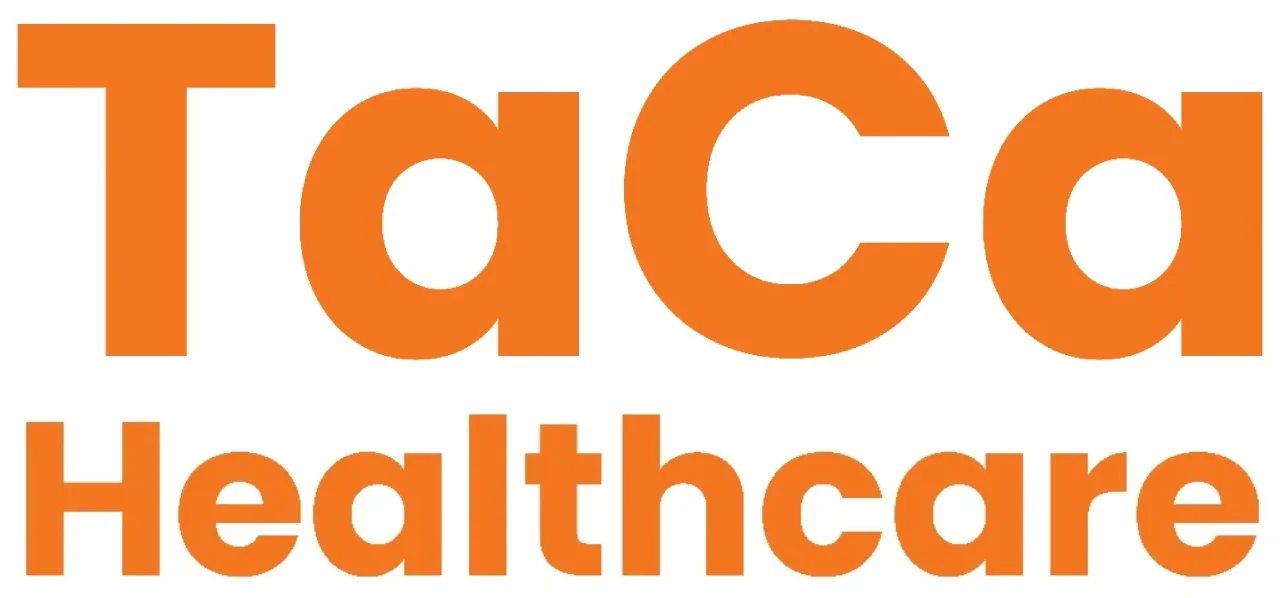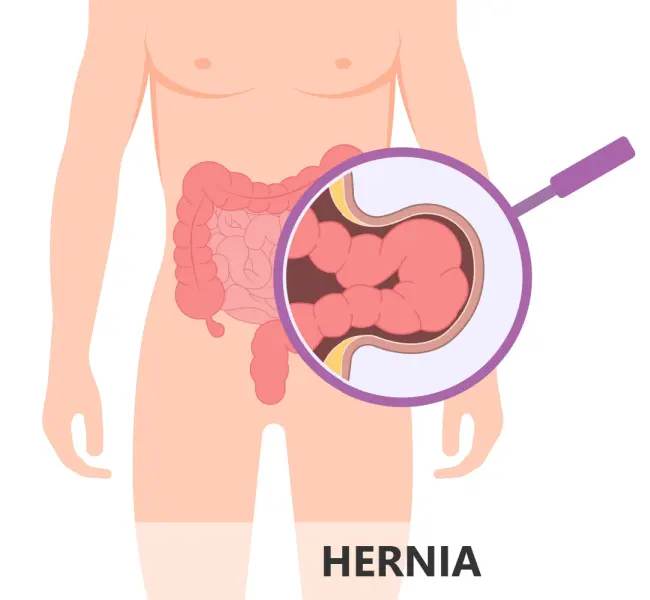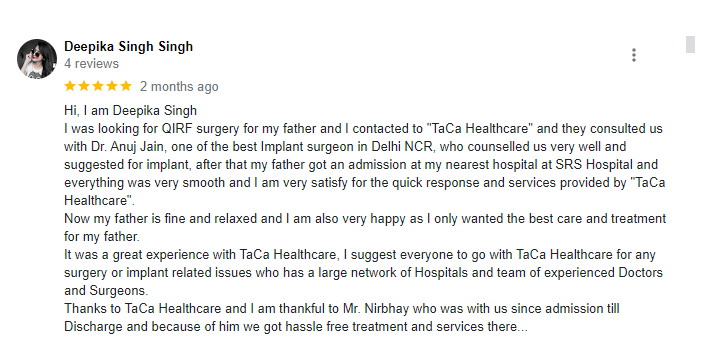What is Hernia?
A hernia occurs in the abdomen or groin when an organ pushes through the surrounding muscle or tissue. It could appear as an odd bulge that comes and goes during different activities or in different positions.
Hernias may develop gradually with age as muscles experience ongoing wear and tear. It can also result from an injury, surgery, or a congenital condition.
Types of Hernia:
Specific types of hernias are there which includes:
- Inguinal hernia: It isthe most prevalent type of hernia that makes up to 75% of all hernia cases. It primarily impacts males or individuals assigned male at birth (AMAB). Inguinal hernias occur when a portion of the bowel pushes through the inguinal canal, a pathway along the inner thigh.
- Femoral hernia: It is a less frequent form of groin hernia, happening in the femoral canal situated below the inguinal canal. It involves the protrusion of fatty tissue.
- Hiatal hernia: This is another common type of hernia that is acquired during lifetime. It occurs when the opening in the diaphragm, where the esophagus passes through, widens, allowing the upper part of the stomach to move up into the chest.
- Congenital diaphragmatic hernia: It is a significant birth abnormality where the diaphragm doesn't fully close during fetal development. This condition can lead to abdominal organs moving into the chest cavity while they are still developing, which can restrict lung growth due to the crowding.
- Incisional hernia: It develops when tissue pushes through a previous surgical incision in the abdominal wall that has weakened over time. It’s a common side effect of abdominal surgery.
- Umbilical hernia: It occurs when a section of the intestine pushes through a gap in the abdominal wall close to the belly button. The majority of umbilical hernias are congenital.
- Ventral hernia: It occurs through the front wall of the abdomen. It includes umbilical hernias and incisional hernias. An "epigastric hernia" is a type of ventral hernia occurring above the navel.
- Perineal hernia: It happens when organs or tissue protrude through a gap or weakened area in the pelvic floor, moving into the abdominal cavity. These hernias are not so common.















